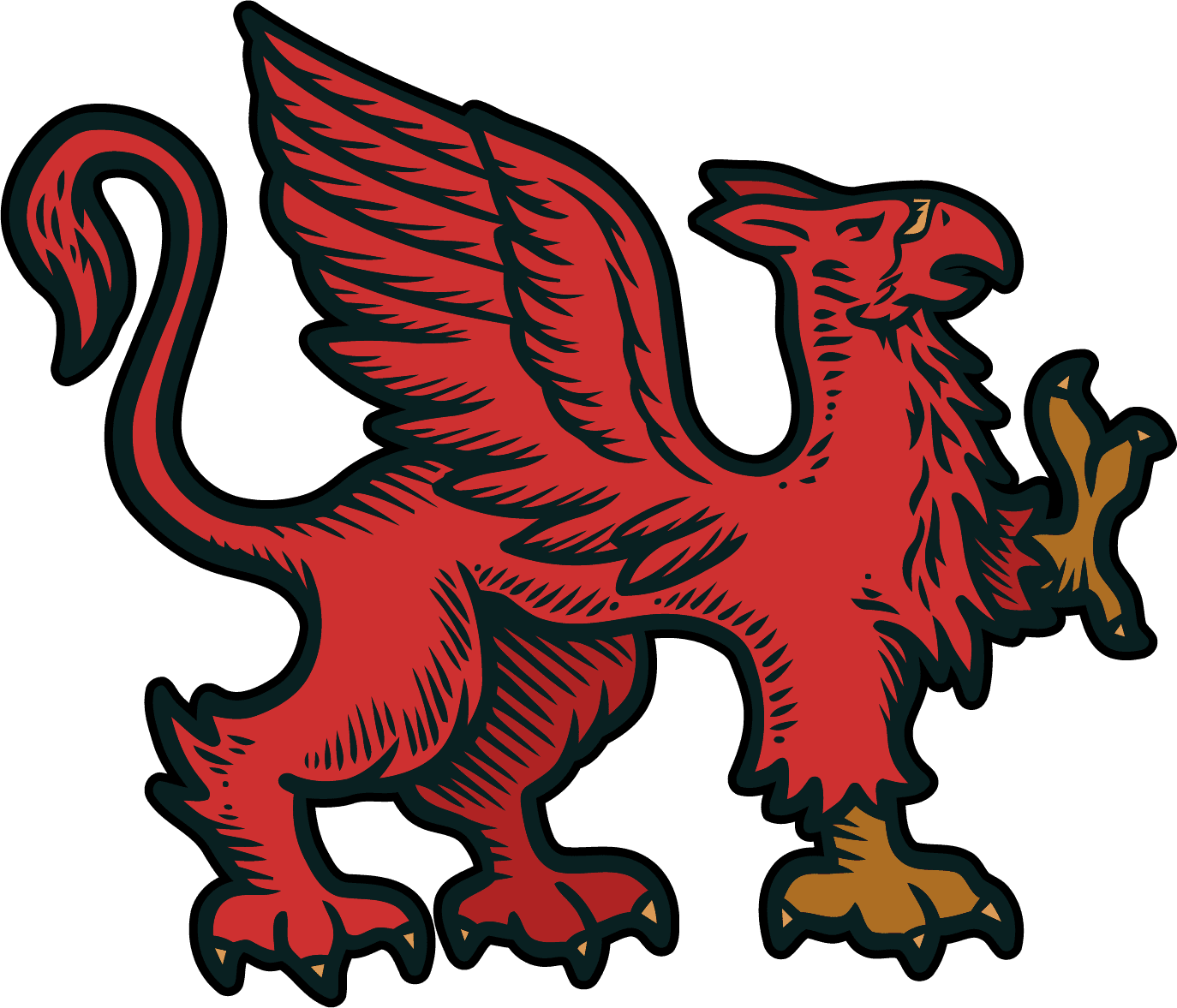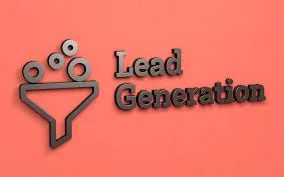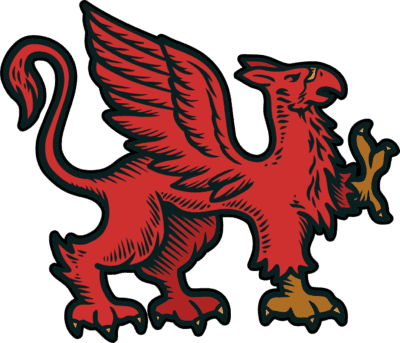SMO Boot Camp 📈 Part 5 – Analytics & Insights: Mastering Social Media Measurement
In our ongoing journey through the world of Social Media Optimization (SMO), we have learned how to create compelling content, engage with our audience, and establish a robust social media presence. Now, it’s time to dive into the data-driven side of SMO with “SMO Boot Camp 📈 Part 5 – Analytics & Insights.” In this installment, we’ll explore the importance of social media analytics and how to harness the power of data to refine your strategy and drive exceptional results.
The Role of Analytics & Insights in SMO
Social media platforms generate an enormous amount of data every second. From likes and shares to comments and clicks, these metrics provide valuable insights into your audience’s behavior, preferences, and interactions with your content. Analytics in SMO refer to the process of collecting, analyzing, and interpreting this data to make informed decisions about your social media strategy.

Why Analytics & Insights Matter
- Performance Evaluation: Analytics allow you to assess the performance of your social media efforts objectively. You can track key metrics to determine what’s working and what needs improvement.
- Audience Understanding: Insights derived from social media data help you better understand your audience. You can identify their demographics, interests, and behaviors, allowing for more targeted content.
- Content Optimization: By analyzing which types of content resonate most with your audience, you can optimize your content strategy. This leads to more engaging and shareable posts.
- ROI Measurement: Analytics enable you to measure the return on investment (ROI) of your social media campaigns. You can track conversions, lead generation, and other business-related metrics.
- Competitive Analysis: You can gain valuable competitive intelligence by comparing your social media performance to that of your competitors.
Key Social Media Metrics to Track
- Engagement Rate: This metric measures the level of interaction your content receives, including likes, shares, comments, and clicks. It indicates how well your content resonates with your audience.
- Follower Growth: Keep an eye on your follower count and growth rate. A steady increase in followers is a positive sign of your social media strategy’s effectiveness.
- Click-Through Rate (CTR): CTR measures the percentage of users who click on a link in your post, taking them to your website or landing page.
- Conversion Rate: If your social media goals include lead generation or sales, tracking conversion rates is essential. It measures the percentage of users who take the desired action after clicking on your content.
- Audience Demographics: Understanding your audience’s age, gender, location, and interests helps you tailor your content to their preferences.
- Post Reach: This metric tells you how many users have seen your content. It’s an indicator of your content’s visibility.
Tools for Social Media Analytics & Insights
Several tools are available to help you gather and analyze social media data:
- Facebook Insights: Provides detailed data on your Facebook Page’s performance, including audience demographics, post reach, and engagement.
- Twitter Analytics: Offers insights into your Twitter account’s performance, tweet engagement, and audience demographics.
- Instagram Insights: Provides data on your Instagram business account’s performance, including follower growth, post reach, and engagement.
- LinkedIn Analytics: Offers insights into your LinkedIn Company Page’s performance, including follower demographics and post engagement.
- Social Media Management Tools: Tools like Hootsuite, Social Pilot, Buffer, and Sprout Social provide comprehensive social media analytics and reporting features.
Using Analytics to Refine Your SMO Strategy
Once you’ve collected data through analytics, it’s essential to apply these insights to refine your SMO strategy:
- Content Optimization: Identify which types of content perform best and focus on creating similar content that resonates with your audience.
- Posting Schedule: Use data to determine the optimal times and days to post your content for maximum visibility and engagement.
- Audience Segmentation: Tailor your content to different audience segments based on their demographics and preferences.
- A/B Testing: Experiment with different post formats, headlines, and visuals to see which variations generate better results.
- Goal Alignment: Ensure that your SMO goals align with broader business objectives, such as lead generation or brand awareness.
In conclusion, analytics and insights are invaluable tools in your SMO toolkit. By harnessing the power of data, you can make informed decisions, optimize your social media strategy, and achieve outstanding results. Stay tuned for the next installment of our SMOBootCamp series, where we’ll explore advanced techniques to take your social media optimization to the next level.















